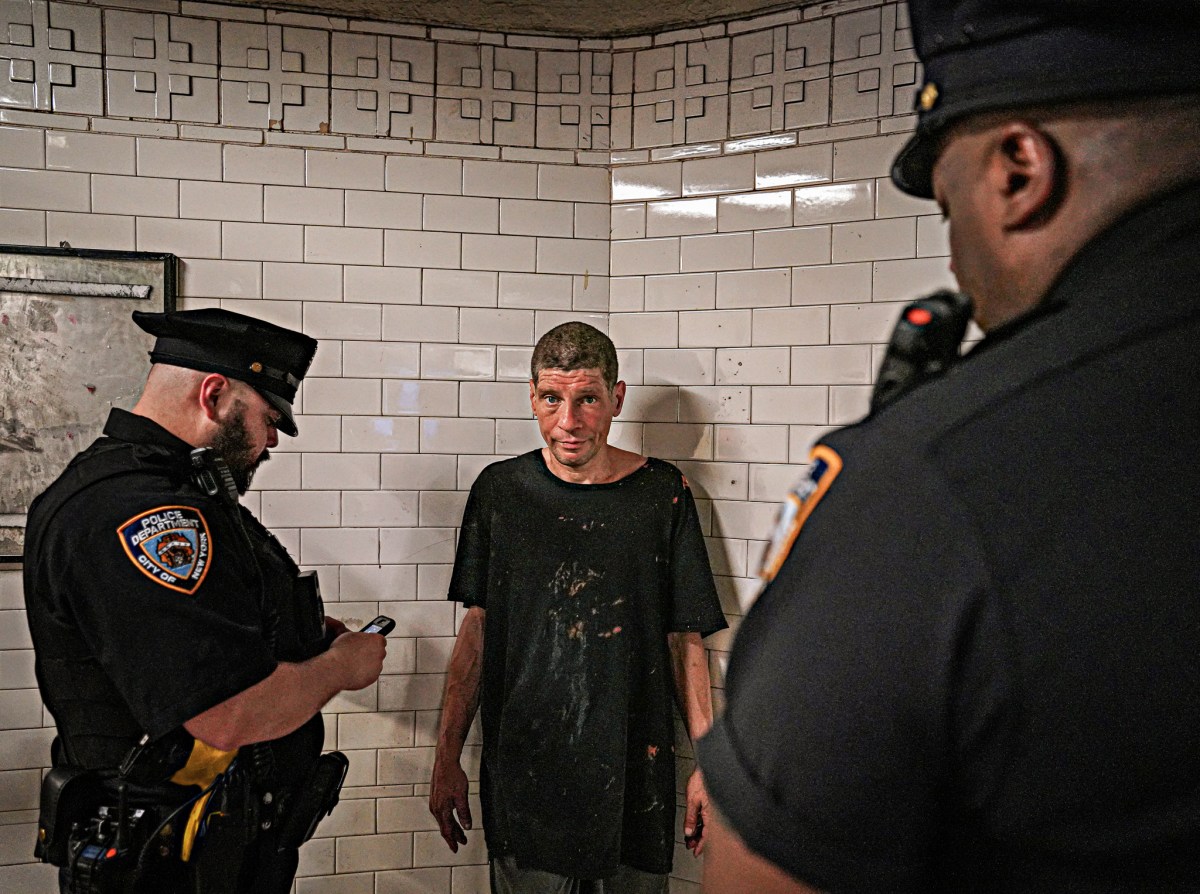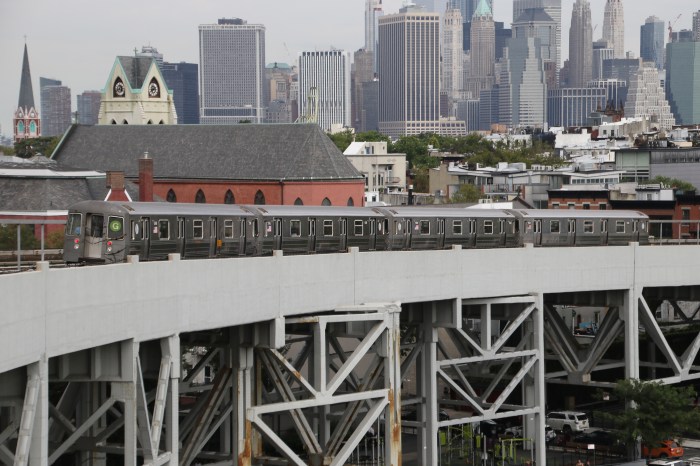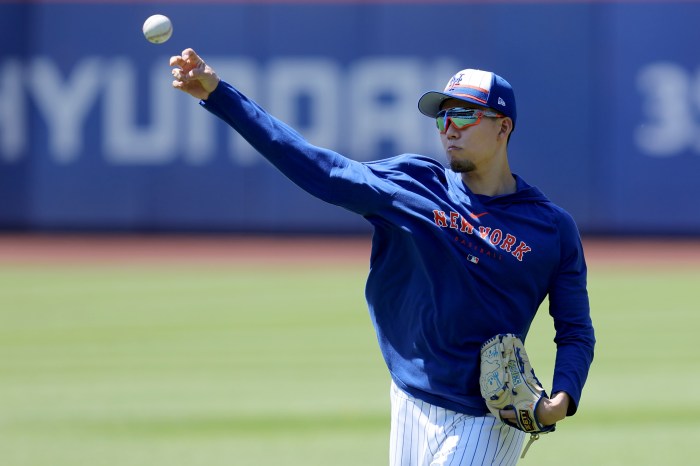The number of school-zone speed cameras across the city could quintuple if state lawmakers pass a new bill introduced by a Southern Brooklyn pol on Thursday.
State Sen. Andrew Gounardes’s (D–Bay Ridge) legislation would allow local officials to install up to 750 cameras across the city’s 2,300 school zones, where the current 140 cameras in place do not adequately protect young scholars from reckless drivers, he said.
“I do not want to be in a position where I tell people, ‘Your child’s school is or is not worthy of having street protection in front of it.’ This is a proven solution to the problem of speeding, especially in school zones,” said Gounardes, who recently launched a street-safety task force in his district, which includes Bay Ridge, Dyker Heights, Gravesend, Bensonhurst, Bath Beach, Marine Park, Manhattan Beach, Gerritsen Beach, and parts of Sheepshead Bay, Borough Park, and Midwood.
In addition to increasing the amount of cameras — which automatically photograph the license plates of cars driving thirty miles-per-hour or more in school zones, and send the vehicles’ registered owners $50 tickets — the bill would also:
• Lengthen the hours the cameras are on, extending their current operating times from an hour before and after school is in session to between 6 am and 10 pm on weekdays.
• Broaden the areas where the cameras operate, allowing officials to install them within a quarter-mile radius of schools, not just within a quarter-mile stretch of the same street a given school is on as current law allows.
• Require the city to hang signs in school zones with speed cameras that warn drivers of the technology’s presence.
• Mandate local officials prioritize placing the cameras in school zones with higher rates of speeding and crashes.
• Require the city to submit annual reports to the governor and leadership of both chambers of the Legislature with data including the total amount of ticket revenue that local officials spent on traffic and pedestrian safety measures, as well as “the effectiveness and adequacy of the [expanded] hours of operation.”
Data shows that the already in place speed cameras work. In the two years after officials first installed them in 2014, there were 60-percent fewer daily violations in school zones with speed cameras, according to a report published by the Department of Transportation last year.
And the majority of Gounardes’s constituents support expanding their presence, according to a 2018 poll commissioned by street-safety group Transportation Alternatives.
The cameras became a hot-button issue last year’s 22nd state Senate District race between Gounardes and former eight-term Republican state Sen. Marty Golden — a known speeder and long-standing opponent to the technology, who briefly reversed his stance on the issue as the speed-camera program authorized in 2013 approached its expiration date last summer.
Back then, Golden supported a bill to preserve and expand the number of cameras to 290. But his colleague, state Sen. Simcha Felder (D–Midwood), blocked the legislation from leaving the Cities Committee, which he chaired at the time, for a floor vote in the upper chamber. And the cameras subsequently switched off in late July, forcing Council to broker an emergency deal between Mayor DeBlasio and Gov. Cuomo, who signed an executive order to turn the tech back on before school started in September.
Cuomo earlier this year included a proposal in his executive budget that would reinstate the speed-camera program without the need for an executive order, and up the number of cameras to 290. But reps for the governor did not immediately reply when asked if he would sign Gounardes’s bill into law if it passes in the Legislature. Manhattan Assemblywoman Deborah Glick on Thursday also introduced the lower chamber’s version of the Brooklyn pol’s bill.
And Gounardes is confident the governor would back his legislation, he said, adding that 290 is the minimum number of cameras that local officials hope to install citywide.
“The consensus seemed to be that the 290 was just a starting point for discussion, based on where that discussion had ended last year,” the pol said. “There did not seem to be obstacle in my initial conversation [with the governor] to bumping that up. We’ve been discussing this bill with the city, with the Council — everyone seems to be on board.”
Should the bill become law, it would be valid beginning 30 days after Cuomo signs it through June 30, 2022. But Council will first need to pass a resolution — called a Home Rule Request — asking the Assembly and state Senate to pass the legislation, since it only affects the city.
Reps for Council, which convenes its next session on March 13, did not immediately respond when asked whether its members planned to pass the resolution then.





















